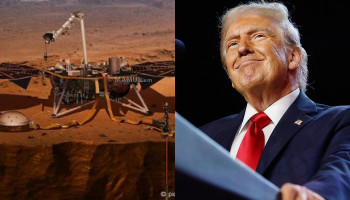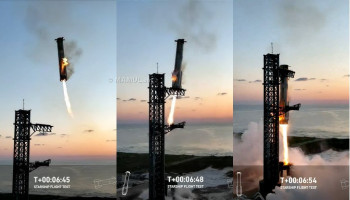Power generation from ambient humidity using protein nanowires
 Harvesting energy from the environment offers the promise of clean power for self-sustained systems1,2. Known technologies—such as solar cells, thermoelectric devices and mechanical generators—have specific environmental requirements that restrict where they can be deployed and limit their potential for continuous energy production3,4,5. The ubiquity of atmospheric moisture offers an alternative. However, existing moisture-based energy-harvesting technologies can produce only intermittent, brief (shorter than 50 seconds) bursts of power in the ambient environment, owing to the lack of a sustained conversion mechanism6,7,8,9,10,11,12. Here we show that thin-film devices made from nanometre-scale protein wires harvested from the microbe can generate continuous electric power in the ambient environment. The devices produce a sustained voltage of around 0.5 volts across a 7-micrometre-thick film, with a current density of around 17 microamperes per square centimetre. We find the driving force behind this energy generation to be a self-maintained moisture gradient that forms within the film when the film is exposed to the humidity that is naturally present in air.
|

China’s commercial Mach-4 drone tipped to make first flight next year
101323.01.2025, 19:38
'We're racing to launch': Exploration to soar under Trump and Musk, space firm boss says
77420.01.2025, 22:02
China runs final tests of hypersonic air-to-air missile in extreme Mars mission tunnel
80119.01.2025, 20:24
First Baby Born Using Technology That Matures Eggs Outside the Body
148920.12.2024, 20:13
SpaceX makes history as 'Mechazilla' successfully catches returning Starship booster (video)
262113.10.2024, 21:30
The impact of COVID-19 on the debate on open science: a qualitative analysis of published materials from the period of the pandemic
244811.10.2024, 03:12
